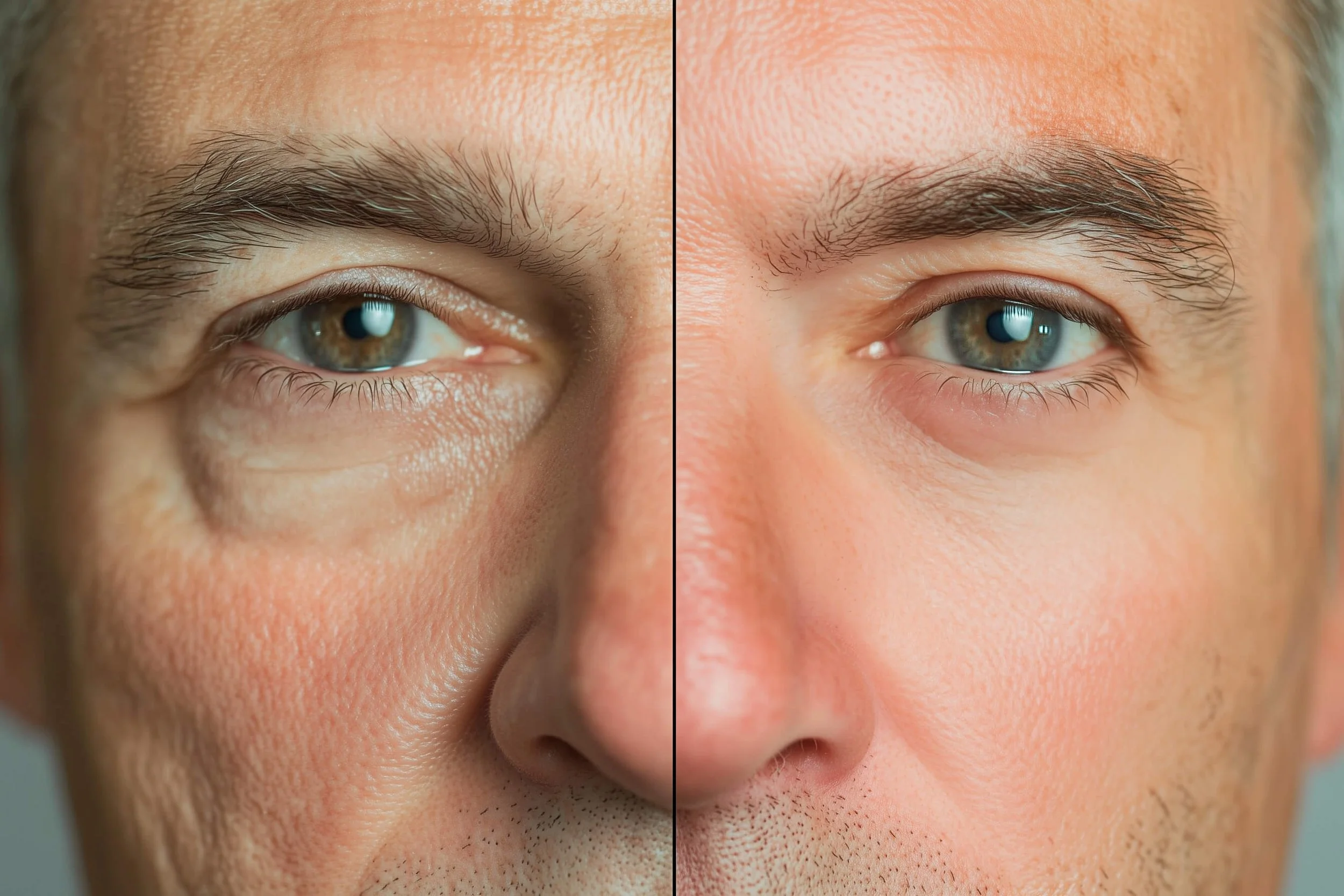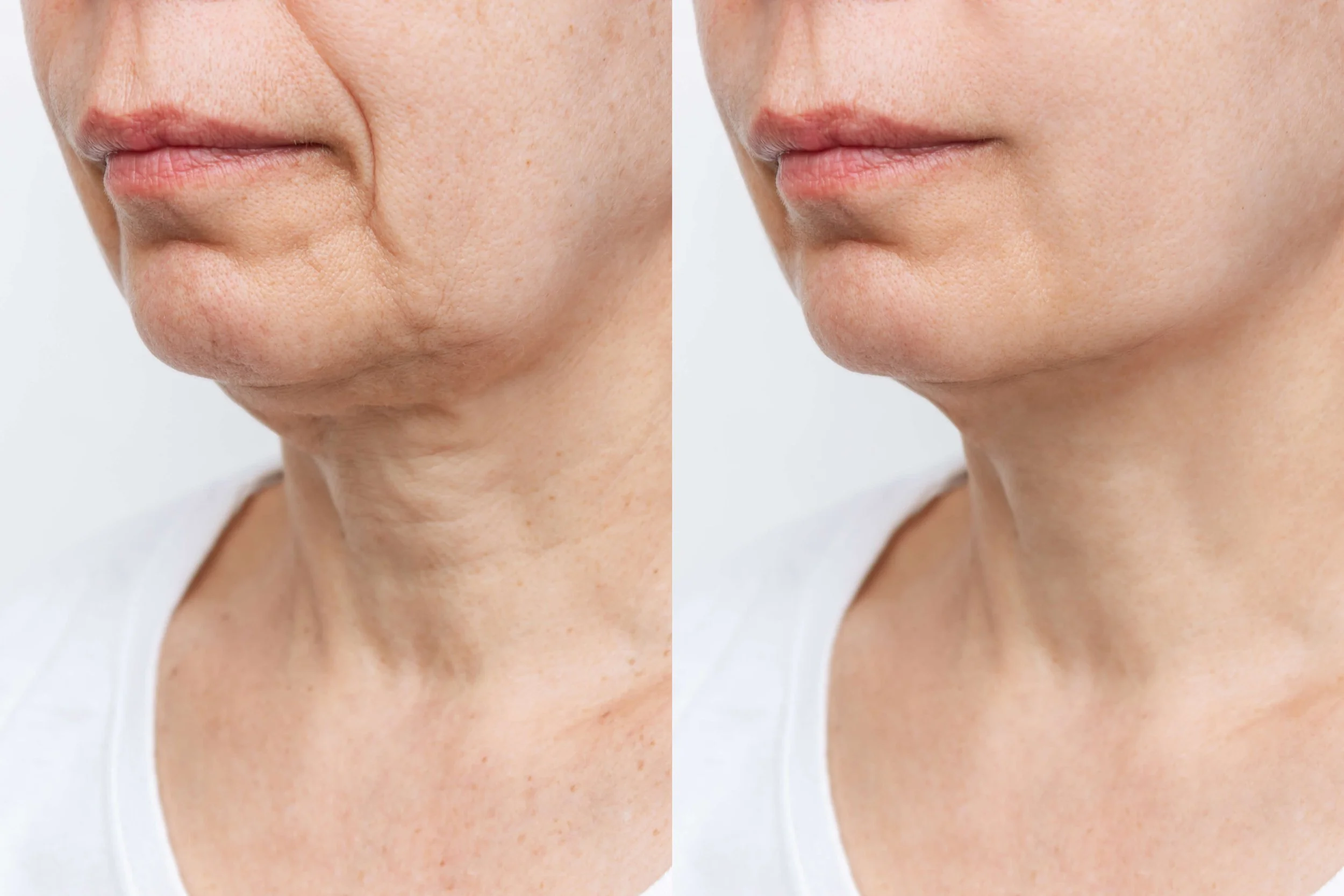Navigating Facelift Choices: SMAS, Deep Plane, and More
The deeplane facelift, along with procedures like SMAS and other aesthetic enhancements, offer distinct approaches to facial rejuvenation. With options ranging from full facelifts to temporal techniques, understanding their nuances is crucial for an informed decision. Each method presents unique advantages and potential drawbacks, tailored to differing needs and expectations. This exploration aims to illuminate these choices, guiding you through the complexities of facial rejuvenation and empowering you to select the most suitable path to a rejuvenated visage.
Understanding Facelifts: An Overview of SMAS, Deep Plane, and More
SMAS Facelift: A Balanced Approach
The SMAS (Superficial Musculoaponeurotic System) facelift is a widely recognised technique that aims to deliver natural and enduring results by targeting both skin and the underlying tissue layers. By addressing the facial muscle and connective tissue, this method tightens sagging features, effectively reducing the appearance of wrinkles. The SMAS approach is often seen as a balanced option for those who wish to achieve a youthful transformation without overly invasive intervention. Its appeal lies in the careful repositioning of deeper structures, which results in an appearance that feels organic and refreshed (Kensington Medical).
Deep Plane Facelift: Comprehensive Rejuvenation
In contrast, the deep plane facelift goes further, delving into the muscle and fat compartments of the face. This technique is celebrated for its capacity to address the deeper layers of the face, providing a comprehensive rejuvenation that many find transformative. By releasing and repositioning facial structures at a profound level, it offers significant improvements in facial contours and a more dramatic lift (Gallery of Cosmetic Surgery). Ideal for those with advanced signs of ageing, the deep plane facelift is its own league in the realm of facial refurbishment (DrPanossian).
Exploring Other Techniques
Beyond the SMAS and deep plane facelifts, individuals might consider a full facelift, which targets broader areas for an extensive overhaul, or a temporal facelift, known for emphasizing the outer eye and forehead regions. Choosing the appropriate procedure largely hinges on individual concerns, desired outcomes, and consulting an expert surgeon's advice (Dr. Diana Ponsky). As such, understanding these different methods aids in making an informed decision, positioning oneself for results that align with personal aesthetic goals.
Full Facelift vs Temporal Facelift: Which One is Right for You?
Understanding the Full Facelift
A full facelift is a comprehensive surgical procedure that addresses signs of ageing across the entire face, including the forehead, eyes, cheeks, and neck. This extensive transformation helps to rejuvenate the overall appearance, offering dramatic and long-lasting results. However, the full facelift also requires a longer recovery period and carries higher risks compared to more localised procedures. Ideal candidates are those seeking substantial improvements, typically individuals with more pronounced signs of ageing. As with any surgery, considering one's overall health and lifestyle factors is crucial when opting for this procedure. Consulting with a qualified surgeon can provide a comprehensive evaluation tailored to personal needs.
Exploring the Temporal Facelift
Often referred to as a mini-facelift, the temporal facelift is a less invasive option that focuses primarily on the temples and upper cheeks. It is the go-to choice for those showing early signs of ageing or preferring subtle enhancements. The advantages here include shorter downtime and reduced risk, making it an attractive option for individuals with busy lifestyles or those hesitant about invasive procedures. This facelift type is perfect for quick, yet significant, facial rejuvenation without committing to extensive surgery.
Making an Informed Choice
When deciding between a full facelift and a temporal facelift, it is essential to evaluate personal concerns, desired outcomes, and health considerations. Recommendations from a trusted plastic surgeon can help navigate these choices, ensuring the selected procedure aligns with one's unique requirements and expectations. Understanding the nuances between these options, including SMAS and deep plane techniques, can further refine this decision, enhancing results and satisfaction. For a broader perspective on facelift procedures in America, engaging with specialists who personalise approaches based on individual goals can be invaluable.
What is the Difference Between a Facelift and an Endolift?
Understanding Facelift Procedures
When contemplating a facelift in America, it is crucial to differentiate between traditional facelifts and the less invasive endolift. A standard facelift is a comprehensive surgical approach designed to rectify aging signs across the face and neck. This process typically involves significant surgical intervention, including extensive incisions to remove excess skin, tighten muscles, and reposition fat deposits, yielding a distinctly revitalised appearance. It often results in dramatic, long-lasting transformations, albeit with a longer recovery period, typically stretching between two to four weeks.
The Endolift Alternative
In contrast, the endolift, sometimes referred to as an endoscopic facelift, offers a less invasive path to facial rejuvenation. This technique employs small incisions and an endoscope—a slender, flexible tube equipped with a camera—to subtly lift deeper facial tissues. As a result, the outcome is a more natural-looking enhancement with less scarring and a notably shorter recovery time, usually within one to two weeks. The endolift is an ideal choice for those seeking a rejuvenated look without committing to the extensive recovery associated with traditional facelifts.
Choosing the Right Option
Deciding between a facelift and an endolift largely depends on individual goals and tolerances. Those seeking less invasive methods with quicker recovery may find the endolift preferable. However, individuals desiring more dramatic and long-lasting changes might benefit more from the traditional facelift. Understanding these distinctions aids in making an informed decision when exploring options such as the deep plane facelift, temporal facelift, or full facelift as discussed by experts.
What Age is Best for a Deep Plane Facelift?
Understanding the Optimal Age Range
Determining the optimal age for a deep plane facelift involves a nuanced analysis of one's facial anatomy and pathogenesis of aging. Typically, individuals between the ages of 40 and 60 are deemed prime candidates for this procedure. During this age range, the balance between ageing features and skin elasticity often allows for the most pronounced and enduring results. Opting for a deep plane facelift earlier in this spectrum, particularly in one's 40s or 50s, can serve as a proactive measure against the signs of aging as noted by Dr. David Gilpin. This approach enhances the chances of achieving long-lasting outcomes.
Factors to Consider
While age serves as a general guideline, other factors significantly impact the timing of the procedure. Skin elasticity, degree of facial aging, and overall health are crucial considerations. Those with more robust skin elasticity may experience better results, regardless of age. Consulting with a qualified plastic surgeon is fundamental to tailor the decision to the individual's unique needs and desired results. Moreover, in some cases, waiting until the late 50s or 60s may still yield favourable outcomes, despite shorter-lasting effects compared to younger candidates.
Personalised Decision Making
Ultimately, the decision to undergo a deep plane facelift should be personalised, taking into account both aesthetic aspirations and physiological conditions. By engaging in dialogue with experienced professionals and considering individual facial characteristics, patients can make informed decisions regarding the timing of their facelift.
What is the Downside of a Deep Plane Facelift?
Understanding the Complexities
When considering a deep plane facelift, it's crucial to weigh the associated risks and limitations. The deep plane facelift technique, though celebrated for providing natural and lasting results by restructuring deeper layers of the face, does carry potential drawbacks. One significant consideration is the complexity of the procedure. Due to its intricacy, fewer surgeons are thoroughly trained to perform it, and thus, finding a qualified practitioner can be more challenging. Moreover, this complexity can also lead to an increased duration of surgery and potentially longer recovery periods compared to other facelift methods.
Recovery and Healing Concerns
The recovery period for a deep plane facelift is often extensive. Patients should prepare for a recovery phase that may take several weeks, during which swelling, bruising, and discomfort are common. The involvement of deeper tissues also poses a higher risk of nerve injury, which, while rare, can lead to temporary or, in uncommon cases, permanent numbness or muscle weakness. This necessitates precise surgical expertise and a cautious postoperative approach to ensure optimal healing and the desired aesthetic outcomes.
Cost Considerations
Financial implications should not be overlooked. The complex nature of a deep plane facelift generally translates into higher costs. This price premium is due, in part, to the heightened skill level demanded from the surgeon and the extended time required for both the procedure and recovery. Prospective patients must balance these economic factors with their aesthetic goals to determine if a deep plane facelift is the most viable option for them.
FAQs on Choosing the Right Facelift in America: Deep Plane Facelift and More
What Are the Differences Between Deep Plane and SMAS Facelifts?
Choosing between a deep plane facelift and a SMAS facelift hinges predominantly on your desired outcomes and specific facial structure. Deep plane facelifts offer extensive facial rejuvenation, tending to reposition deep facial tissue layers for a more youthful look. They address sagging skin and deeper muscular layers, which may provide more enduring results. Conversely, the SMAS facelift, targeting the superficial musculoaponeurotic system, excises excess skin and tightens underlying tissues. This method can subtly enhance facial contours by lifting the jowls and augmenting the midface.
How Do I Decide if a Full Facelift or a Temporal Facelift is Right for Me?
When deciding between a full facelift and a temporal facelift, consider which part of your face you wish to rejuvenate. A full facelift is ideal for comprehensive enhancement, revitalising the entire face and addressing deep wrinkles and sagging skin. Meanwhile, a temporal facelift focuses on lifting the outer brows and the eye area, offering a targeted approach for those seeking subtle changes. Understanding your aesthetic goals and consulting a qualified surgeon are essential steps in making the right decision.
Are There Specific Considerations for Getting a Facelift in America?
Opting for a facelift in America means having access to some of the world’s top plastic surgeons. Prioritise credentials and experience over cost, ensuring your chosen specialist is board-certified. Moreover, consider the clinic's reputation and the available aftercare. Balancing cosmetic goals with realistic expectations can dramatically enhance satisfaction with the procedure's results.
Conclusion
In traversing the landscape of facelift options, it becomes clear that the choice between SMAS, Deep Plane, full facelift, and temporal facelift is deeply personal and must be informed by individual aesthetic goals and anatomical considerations. Each technique offers distinct advantages and potential drawbacks, necessitating a thorough consultation with a qualified surgeon. As we weigh the rejuvenating promise of each procedure against its inherent complexities, it is imperative that we align our decisions with both realistic expectations and expert guidance. Thus, in the quest for facial rejuvenation, informed choice emerges as the cornerstone of achieving harmonious and enduring results.




